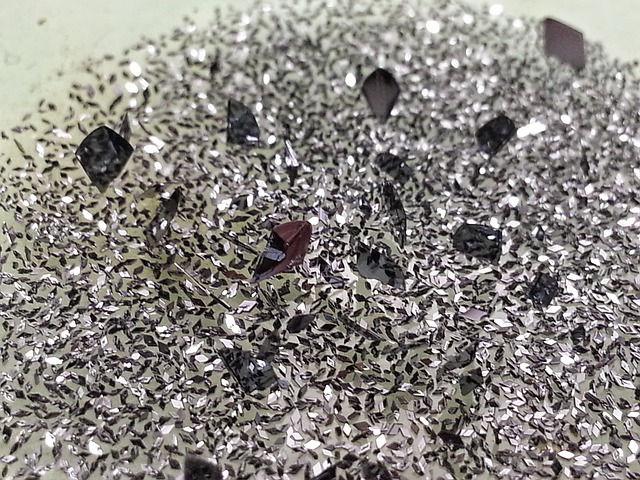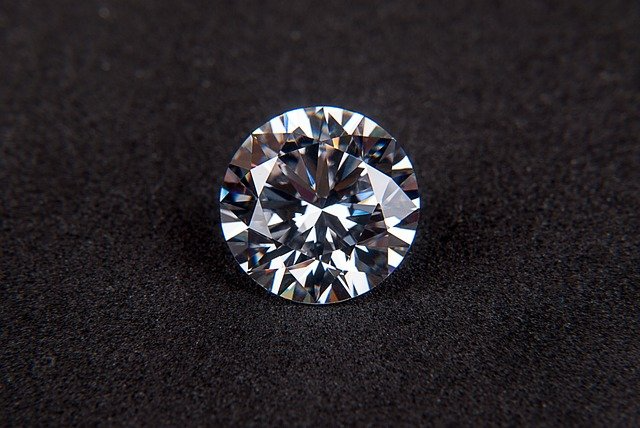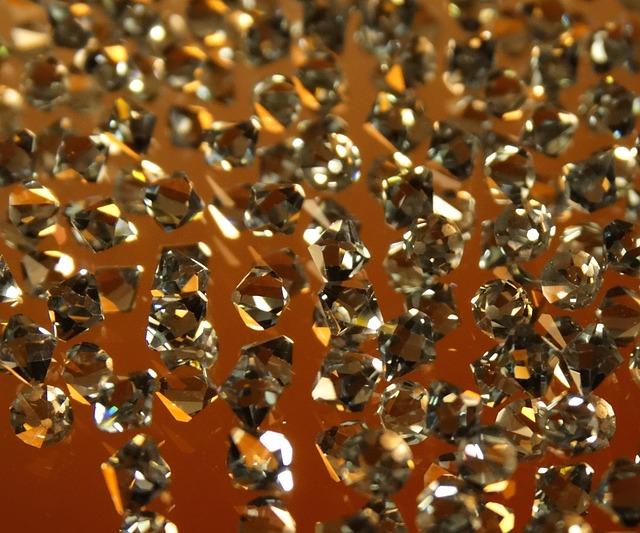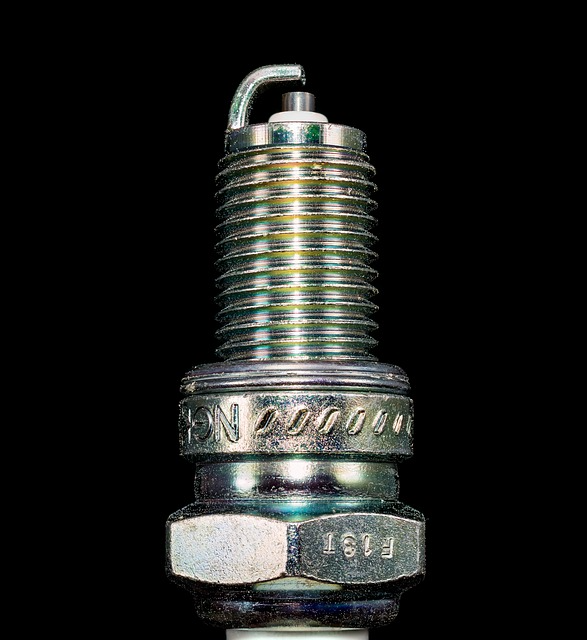It is a chemical that has an atomic number 53. Its standard atomic weight is 126.904 and represented by the symbol I. In the periodic table, it is in group 17 and period 5. In solid-state it has an appearance of metallic grey, in a liquid state and gaseous state it has a violet colour. The electronic configuration of Iodine is 1s2, 2s2, 2p6, 3s2, 3p6, 3d10, 4s2, 4p6, 4d10, 5s2, 5p5. In an electrically neutral atom of iodine, there are 53 protons and electrons. At standard pressure and temperature, iodine is solid and has a density of 4.933 g/cm3. The electronegativity of Iodine is 2.66 (Pauling scale). The oxidation states of Iodine are −1, +1, +3, +4, +5, +6, +7. The energy required for the ionization of the first electron is 1008.4 kJ/mol. There are seven electrons in the valency of Iodine. It is the stable element among halogens. Iodine melts at 114 degrees Celsius to liquid and 184 degrees Celsius to gas.
Iodine is a monoisotopic element. There are 37 isotopes of iodine. Only one I-127 is a stable naturally occurring isotope the remaining are radioisotopes.
Iodine was discovered and isolated by French chemist Bernard Courtois in 1811.
Iodine is the least abundant element among halogens. It has an average abundance of 0.46 parts per million in Earth's crust. Iodine has very rare minerals most of it is isolated from iodate minerals. It is found in minerals such as dietzeite and lautarite as well as in caliche in trace amount. Nowadays most iodine is extracted from brines which is economically beneficial. Chile and Japanse are the main producers of Iodine.
Iodine is used in the production of ethylenediamine dihydroiodide, which is used as nutritional supplement for livestock. It is used as a catalyst in acetic acid production. Silver iodide was used in photographic film and also used to cloud seeding to induce rain. Iodine is the essential element needed by living organisms. It is necessary for the synthesis of growth-regulating thyroid hormones thyroxine and triiodothyronine (T4 and T3 respectively). Iodine and iodate are used in the volumetric analysis as an indicator. Iodine ( thallium-doped sodium iodide) is used in scintillators for the detection of gamma rays.
What foods have iodine?
Natural sources of Iodine include. Dairy products such as milk, cheese, and yogurt. Seaweed (Kelps) and some seafood such as fishes, shellfish and shrimps, etc are rich sources of iodine. It can also be found in eggs. Table salt is fortified with iodine by adding sodium iodide. Iodized salt is the main source for people with iodine deficiency.
What is iodine used for?
The following are some of the applications of Iodine.
- Detection of particles:
Iodine ( thallium-doped sodium iodide) is used in scintillators for the detection of gamma rays.
- Titration and Volumetric analysis:
Iodine and iodate are used in the volumetric analysis as an indicator.
- In Thyroid Hormones:
It is necessary for the synthesis of growth-regulating thyroid hormones thyroxine and triiodothyronine (T4 and T3 respectively).
- Nutritional supplement for Animals:
Iodine is used in the production of ethylenediamine dihydroiodide, which is used as a nutritional supplement for livestock. Iodine is the essential element needed by living organisms.
- Used as a catalyst:
It is used as a catalyst in acetic acid production (Monsanto and Cativa processes).
- Cloud seeding:
Silver iodide was used in photographic film and also used to cloud seeding to induce rain.
How many valence electrons does iodine have?
In-ground state, there are seven (7) valence electrons in the Iodine atom. Two are in the 5s orbital and five are in the 5p orbitals. The electronic configuration of Iodine is 1s2, 2s2, 2p6, 3s2, 3p6, 3d10, 4s2, 4p6, 4d10, 5s2, 5p5. In an electrically neutral iodine atom, there are 53 electrons.




